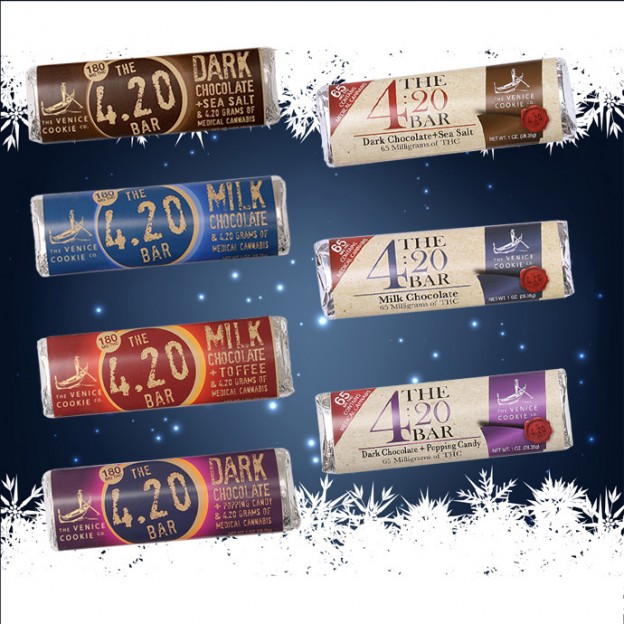(Originally published in Motherlode, a blog of the New York Times, February 10, 2014) By Trish Reske A week after leaving Boston for a summer internship in California, our 21-year-old son landed in an emergency room and was put on a suicide watch. I’m going to ruin the suspense and tell you what happened: His roommate told him to help himself to the food in the fridge, and he ate a marijuana-laced chocolate bar meant to be consumed as six servings.
From my son’s perspective, he was simply cooking dinner while eating a chocolate bar, and suddenly he found his mind and world turning inside out. Thinking he was dying, he called 911. Paramedics found him lying on the front lawn, out of his mind and without any explanation.
Terrified, he called us from the emergency room. He couldn’t remember the names of his siblings.
A team of doctors deemed him a danger to himself and sent him to a rehab facility for a planned 72-hour watch. I was asked questions over the phone like, “Has your son ever experienced episodes of depression or mania before?” I was on the first flight out to California the next morning, worried sick.
I went to his apartment to pack pajamas and a toothbrush for his observation stay. I cleaned out his pants pocket and threw the candy-bar wrapper into the trash, where his roommate later found it and texted me, “I think I know what happened.” Fortunately, I was able to explain the situation to the doctor on duty, and my son was released that day.

Our son’s toxic trip sheds light on the alarming health dangers that marijuana-infused chocolate, candy and other snacks and drinks pose to those who might mistake them for innocuous treats. He ate a one-ounce 4:20 Bar made by the Venice Cookie Company. His was milk chocolate; the bars also come in dark chocolate, toffee and other flavors. On its website, the company advises, “Until you know the effects of this product, eat only half a segment and wait 75 minutes before consuming another portion.”
My hungry son did not do that. Would your 6- or 12-year-old?
It’s tough to regulate a drug disguised as candy. We live in a society that’s used to keeping alcohol away from children, with kids who are accustomed to the idea that an unfamiliar can or bottle might contain a “grown-up drink.” Candy, though, has always represented an innocent temptation.
According to a July 2013 JAMA Pediatrics article, significant toxic reactions to marijuana in children can include anxiety, hallucinations, panic episodes, respiratory distress and coma. Do we want this to happen to our kids? Because it will, as long as potent levels of tetrahydrocannabinol, or THC, take the form of enticing sweets.
I am not against medical marijuana. I voted in favor of Question 3 in Massachusetts in November 2012, which legalized the use of medical marijuana in the state. What I am against is the marketing of products that look and taste like candy, contain potent levels of THC, and are not sold in child-resistant, tamper-proof packaging. Yes, kids ingest all sorts of medication and harmful products. But those products are not designed to mimic candy. The 4:20 Bar, for example, doesn’t look like a vitamin, or medicine. It just looks tasty, and if your vocabulary doesn’t include THC or cannabis, there’s no obvious reason not to consume it.
The most frightening part of our experience was not knowing what had happened to our son. He wasn’t a young guy who thought he’d try marijuana, ate too much and freaked out from the effects. He thought he was eating a candy bar.
We are headed down a sticky path in protecting children from accidental drug ingestion. Experts agree that the wider availability of edible marijuana now that recreational marijuana can be sold in Colorado and Washington will escalate the problem by increasing availability. Based on my son’s experience, I can only believe that will be the case. (Originally published in Motherlode, a blog of the New York Times, February 10, 2014)
